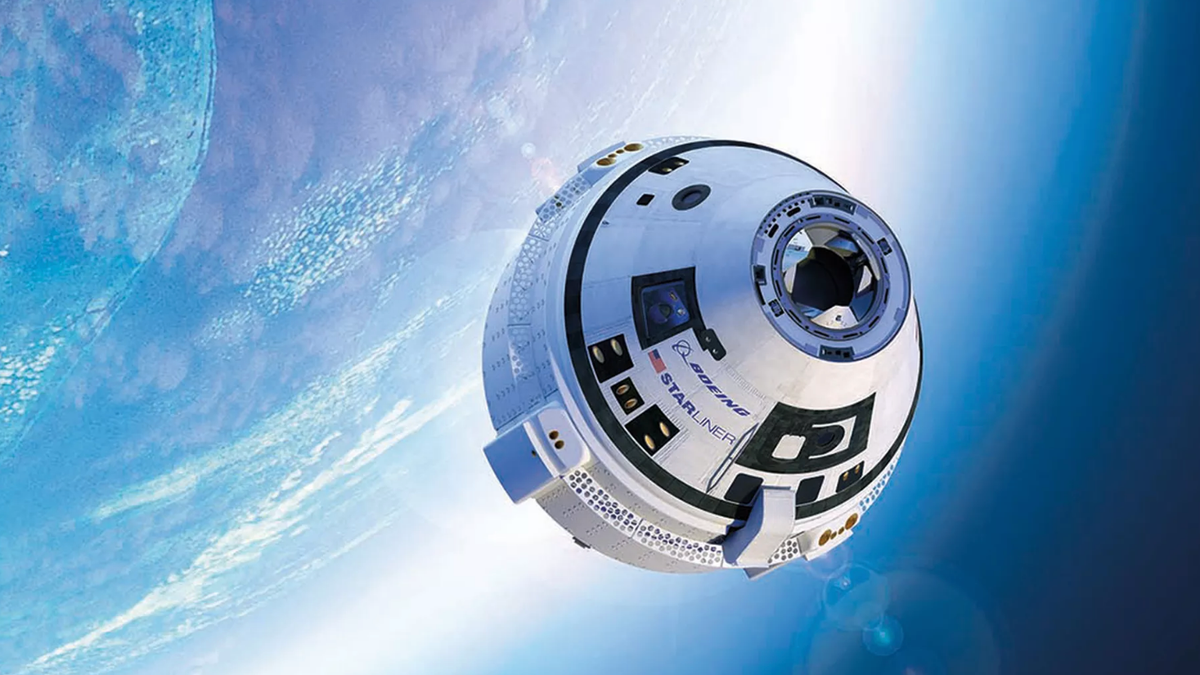https://gizmodo.com/mit-engineers-create-laser-ultrasounds-that-can-look-in-1840556421

Engineers at MIT have come up with a new approach to medical imaging that is both non-invasive and hands-off the patient. Using lasers, they can peer beneath the surface of the skin without any physical contact required, improving upon the limitations of equipment like ultrasound machines.
There’s a myriad of techniques and machines that physicians and medical professionals can use to look inside the human body before having to resort to invasive exploratory surgery, but they each have their pros and cons. Repeated exposures to X-ray machines can result in unhealthy does of radiation, while Computed Tomography (or CT) scans require patients to lie motionless in a claustrophobic, loud, and generally unpleasant metal tube. Ultrasound is one of the simplest approaches, but even it has its limitations as a soundwave-emitting wand needs to be physically pressed against the skin for it to work. That can sometimes rule it out as an option, such as with patients recovering from severe burns.
In a paper published yesterday in the journal Light: Science and Applications, the engineers at MIT explain how they developed a system that mimics the capabilities of an ultrasound machine, but using lasers that, at least in its current form, work from a distance as far as half a meter away from a patient. Lasers can be as innocuous as a pointer that projects a red dot on a slide show, or as dangerous as a tattoo removal gun that can fry a digital camera. The MIT researchers settled on a wavelength of 1,550-nanometers, which is readily absorbed by water but is also safe for human skin and eyes.
Since skin is mostly made up of water, when the laser is targeted at a patient, it’s absorbed and gently heats up, which in turn causes the water in the skin to expand. By pulsing the laser beam, that expansion and contraction of the water in the skin can be controlled, creating a steady oscillation that creates soundwaves, just like the surface of a speaker does in response to electrical signals. Those soundwaves then propagate through the body the same way sound waves from an ultrasound machine’s wand do.
But instead of using a microphone to detect how those soundwaves bounce off the body’s internals, the MIT engineers employed a second laser that serves as a sensitive motion detector. As the soundwaves interact with different types of tissues as they travel into the body, they bounce back with different intensities and frequencies that create vibrations on the surface of the skin that can be detected and measured. Those measurements are then heavily processed through software and algorithms, which produces an image of what lies beneath.
As with more traditional ultrasound techniques, the laser-based system is currently limited to imaging a patient to a depth of about six centimeters below the surface of the skin. And as some of the earlier tests with a metal object embedded in a gelatin mold reveal, the fidelity of the lasers doesn’t quite match the imaging capabilities of existing ultrasound machines. However, the researchers went on to test their approach using animal tissue, and eventually human subjects, and found that the lasers were able to distinguish subtle features such as the differences between bone, fat deposits, and muscle.
The researchers are looking to further improve the capabilities of this system, including boosting its resolution so that even finer tissue features can be imaged, and miniaturizing the hardware so that it could one day be used as a portable imaging solution. And because there’s no physical contact involved, there’s the potential for laser-based ultrasounds to be administered without the need for a highly trained technician to wield the wand, paving the way for them to be performed at home as part of a daily checkup routine.
At the same time, the new technique raises some concerns as it means a person could theoretically be physically examined without any actual physical interactions, and potentially without their knowledge. The idea of walking through a laser filled tunnel that analyzes your body inside and out sounds like science fiction turned fact, but as this technique is further improved and refined, there’s seemingly the potential for it to become a way for someone to assess your health without you even knowing about it.
via Gizmodo https://gizmodo.com
December 20, 2019 at 11:03AM




